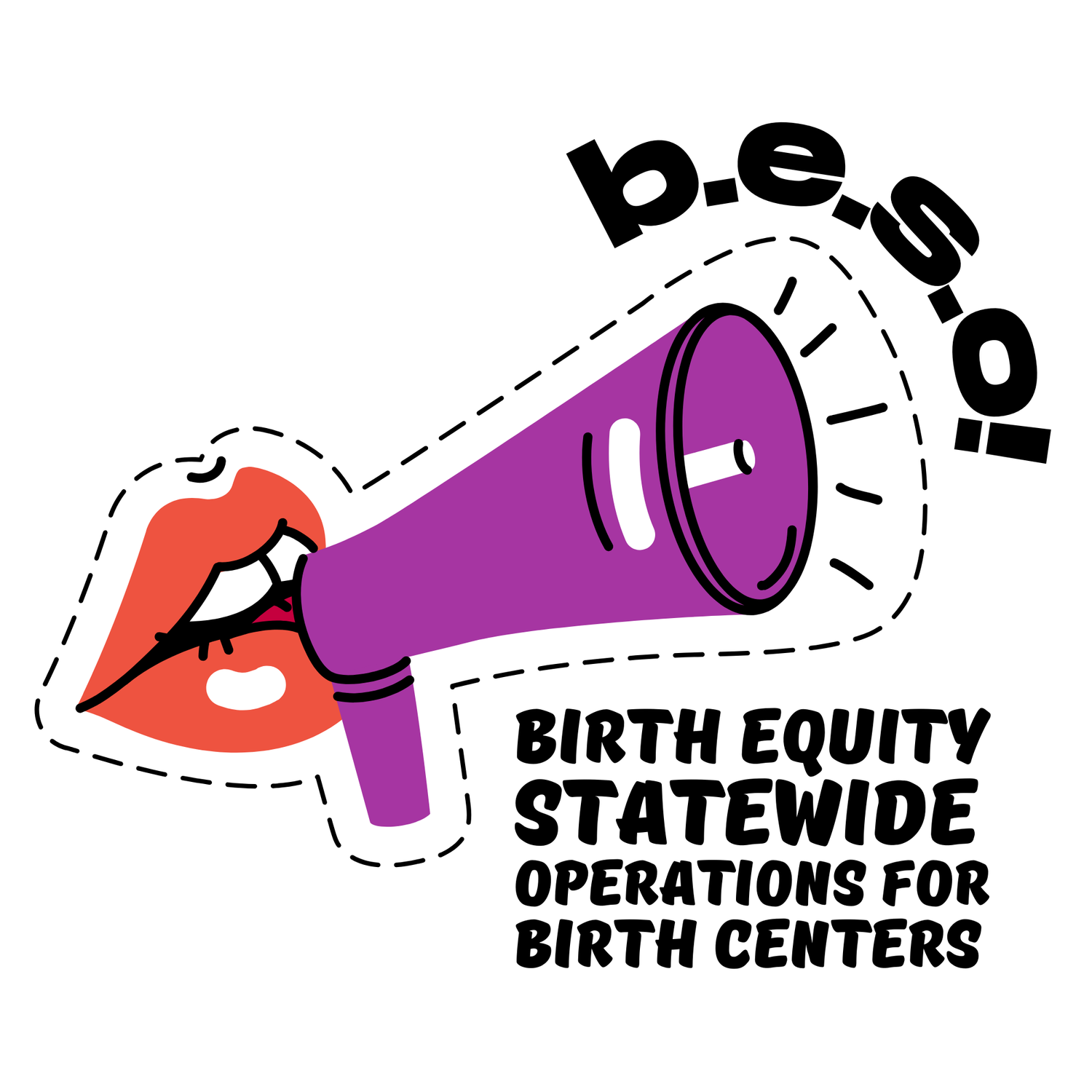Birth centers are…
Safe
•
Evidence-Based
•
Inclusive
•
Low-Risk
•
Safe • Evidence-Based • Inclusive • Low-Risk •
A health care facility for childbirth where the midwifery-led support of physiologic birth and newborn transition are the exclusive model of care.
Freestanding, and is not a hospital or a wing in a hospital.
An integrated part of the health care system.
Guided by principles of prevention, respect, safety, appropriate medical intervention and cost-effectiveness.
Able to provide immediate emergency measures for parents and babies with trained staff and appropriate emergency equipment.
Colorado has SIX birth centers that:
Quality of Care & Outcomes
Are licensed and regulated by the Colorado Department for Public Health and Environment (CDPHE)
Are attended by community birth professionals including CPMs, CMs, and CNMs.
Lower Intervention Rates – Birth centers have lower rates of C-sections, inductions, and episiotomies compared to hospitals.
Personalized & Holistic Care – Midwifery-led care focuses on individualized, patient-centered support.
High Safety Standards – Licensed birth centers in Colorado follow strict safety protocols and transfer agreements with nearby hospitals if needed.
Excellent Neonatal & Maternal Outcomes – Studies show that birth center births result in fewer complications and improved satisfaction.
Cost & Accessibility
More Affordable Than Hospitals – Birth centers often cost significantly less than hospital births due to fewer interventions and shorter stays.
Insurance Coverage – Many birth centers in Colorado accept Medicaid and private insurance, making care accessible to more families, although Medicaid is a barrier due to its low reimbursement rates.
Midwife-Led Continuity of Care – Clients receive consistent care from a small team of providers, fostering trust and a strong provider-client relationship.
Comfort & Experience
Home-Like Environment – Birth centers provide a cozy, non-clinical atmosphere with large tubs, beds, and family-friendly spaces.
Family-Centered Approach – Partners, children, and support people are encouraged to be actively involved.
Freedom of Movement & Choice – Clients can move, eat, and labor in different positions without unnecessary restrictions.
Support for Physiologic Birth
Encouragement of Physiological Birth – Birth centers support unmedicated labor, with hydrotherapy, movement, and hands-on support.
Midwife Expertise in Physiological Birth – Midwives are highly trained in physiologic birth, reducing unnecessary interventions.
Shared Decision-Making – Clients are actively involved in choices regarding their care and birth experience.
Postpartum & Lactation Support
Early Discharge with Continued Support – Families can go home within a few hours after birth with ongoing & more frequent postpartum follow-ups.
Stronger Breastfeeding Success – Birth centers have higher lactation initiation and continuation rates.
Comprehensive Postpartum Care – Families receive multiple home or in-office visits after birth, ensuring a smooth transition.
“The midwifery-led birth centers succeeded in providing benefits to families, the health system, and taxpayers by improving a series of fundamental health outcomes relative to usual approaches to maternity care. Given that Medicaid covered 42 percent of the nation’s births in 2018, including 65 percent of Black and 59 percent Hispanic births, advancing this model for lower-medical-risk Medicaid enrollees could have an enormous impact on our nation’s maternal and infant health crises.
— Improving Our Maternity Care Now: Four Care Models Decisionmakers Must Implement for Healthier Moms and Babies


